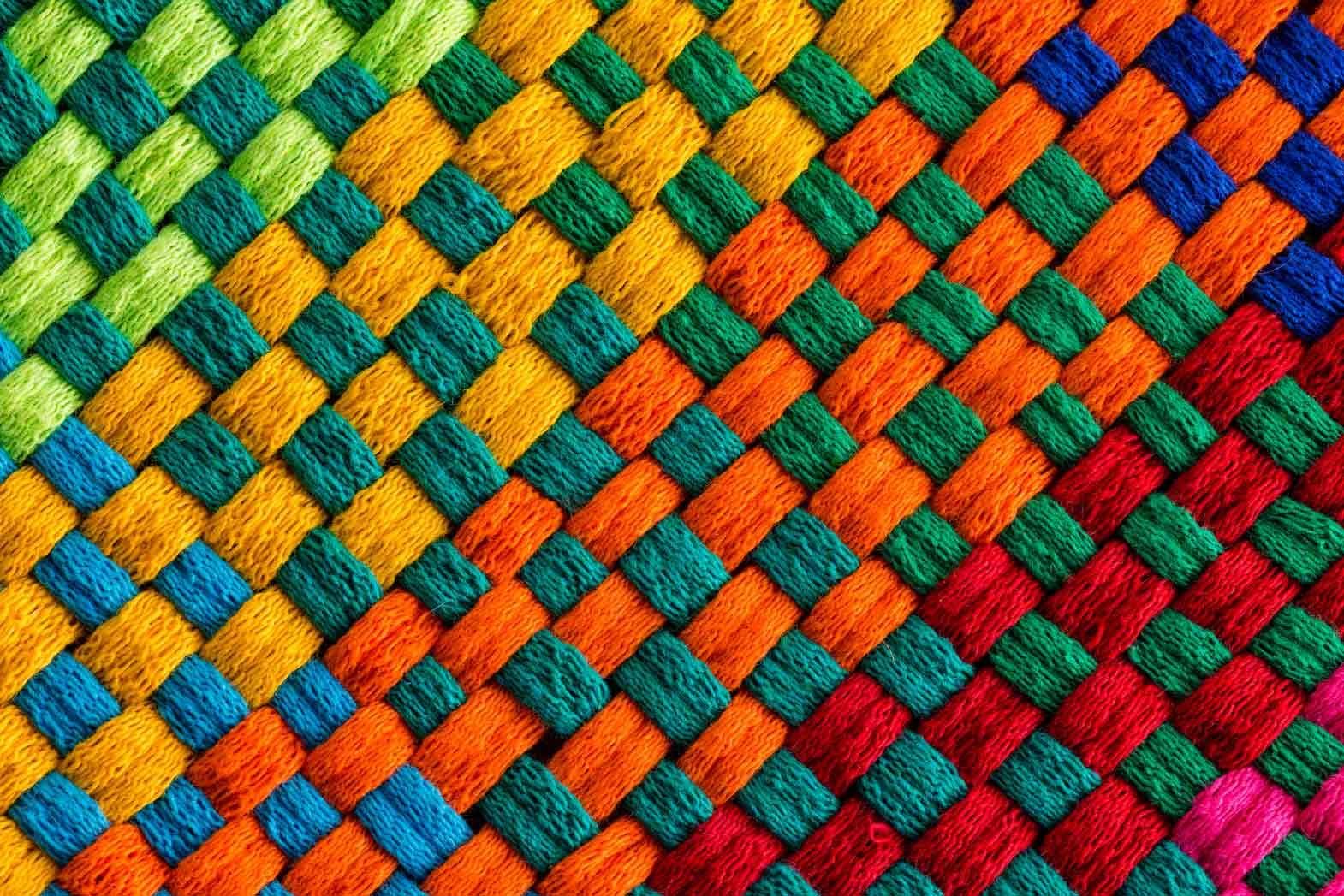Woven Fabric Formation
There are many ways of making fabrics from textile fibers. The most common and most complex category comprises fabrics made from interlaced yarns. These are the traditional methods of manufacturing textiles. The great scope lies in choosing fibers with particular properties, arranging them in the yarn in several ways and organizing in multiple ways interlaced yarn within the fabric. This gives the textile designer great freedom and variation for controlling and modifying the fabric. The most common form of interlacing is weaving, where two sets of threads cross and interweave with one another. The yarns are held in place by the inter-yarn friction.
Another form of interlacing where the thread in one set interlocks with the loops of neighboring thread, by looping is called knitting. The interloping of yarns results in positive binding. Knitted fabrics are widely used in apparel, home furnishing and technical textiles. Lace, crochet and different types of net are other forms of interlaced yarn structures. Braiding is another way of thread interlacing for fabric formation. Braided fabric is formed by diagonal interlacing of yarns. Braided structures are mainly used for industrial composite materials.
Other forms of fabric manufacture use fibers or filaments lay down, without interlacing, in a web and bonded together mechanically or by using adhesive.
This article was originally published in the Textile Review, January,2013 issue, published by Saket Projects Limited, Ahmedabad.
About the Author:
Nitin S. Dhoot is a Research Scholar at the D.K.T.E Textile and Engineering Institute, Ichalkaranji.








Comments